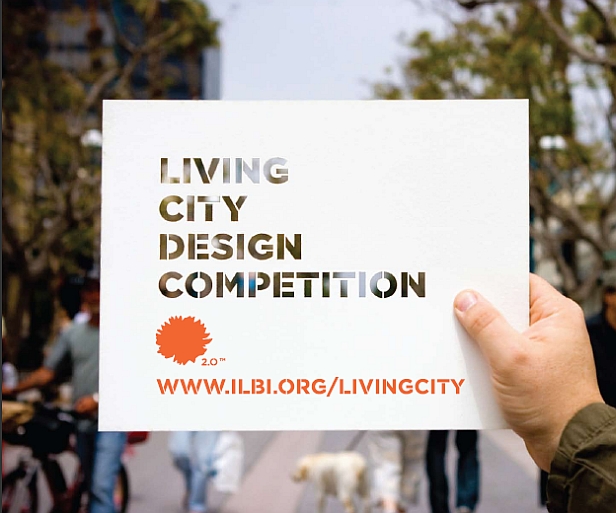 $125,000 to play SimCity? Sort of.
$125,000 to play SimCity? Sort of.
A new contest from the Cascadia Region Green Building Council is offering serious cash for the best visual renderings of an existing city transformed into a place that’s sustainable. Like, really sustainable.
The Living City Design Competition is calling for:
- Photo-realistic three-dimensional modeling and renderings (a napkin sketch won’t cut it)
- Collaboration from designers, planners, artists and animators
- Cities designed around the principles of the hyper-rigorous Living Building Challenge
The First Prize winner will get $75,000, and two smaller prizes will come with $25,000 each.
The contest builds on the Living Building Challenge, another of the council’s projects; it’s a green building standard that’s far more demanding than the highest LEED level (Platinum). It calls for buildings to produce all of their own energy (net zero energy) and use only water falling on-site (net zero water). Builders must avoid toxic materials, include windows that open, allow for natural light, and take other measures to make the buildings pleasant spaces. They must also site projects on reclaimed land and in walker-friendly locations. Unlike with LEED, builders must meet each requirement, rather than picking and choosing the ones they prefer.
There are only 70 proposed Living Buildings in the world, all in planning or construction phases, including the Bullitt Foundation mid-rise building in Seattle and the 11-story Oregon Sustainability Center at Portland State University. The four-year-old program is managed by the Cascadia Region Green Building Council’s CEO and resident green-building guru Jason McLennan.
But McLennan and co. recognize that isolated buildings won’t get us the cities we need in time to confront climate change. Hence, the Living City Design Competition, focused on reimagining whole cities.
“We think it’s our job to help people understand where we need to head,” McLennan said in a talk in Seattle last week.
He was unveiling the group’s new slogan, “Envisioning a Living Future.” It seems to get at a key task for the climate movement: showing people what a sustainable future can look like, to alleviate fears of the unknown and to illustrate the quality-of-life benefits that come with auto-independent design.
While it’s easy to imagine dystopias, it’s a much bigger challenge to envision a future that’s dramatically transformed in a positive way.
“We’ve had several generations of novels and movies training us to think that the future will be full of grim cities,” McLennan said in a statement. “Just think of how Los Angeles is portrayed in Blade Runner. We need to offer a new vision — not a sci-fi ‘ecotopia,’ but an achievable vision of the ecologically sound future we can create if we clearly define the endgame.”
The Living Building standard and the Living Cities design contest are “bleeding edge” — technology even newer and more advanced than “cutting edge,” with higher risks and more to figure out for the first time.
How do these kinds of projects affect the rest of the building industry, the vast majority of which isn’t taking on such ambitious projects? I asked Pam Worner, who runs a business helping home builders figure out green building practices. She emailed this response:
“The move to improve how our homes are built needs people all along the spectrum, from leading edge to mainstream. With the Living Building Challenge, the Cascadia GBC is stimulating experimentation with new approaches on projects with the time, money, project team members, and other elements to make them feasible.
“I see this as a process where lots of ideas get tried out in innovative projects, the best ones find their way to the wider community of green builders, and those broader results lead to them being incorporated into every home that’s built.”


